RV8JD
Well Known Member
After flying over to Richland (KRLD) for lunch on Friday, 'ArlingtonRV' and I walked over to the open-sided community hangar to see if there were any aircraft of interest parked there. In the back of the hangar we came across the wreckage of an RV-6A, N341SS, that had substantial damage.
After getting home I looked up the accident. There were two people in the airplane and one had serious injuries, the other had no injuries.
Link to NTSB Final Report --> https://data.ntsb.gov/carol-repgen/api/Aviation/ReportMain/GenerateNewestReport/104958/pdf
Link to the Docket --> https://data.ntsb.gov/Docket?ProjectID=104958
Aviation Safety Network --> https://aviation-safety.net/wikibase/277509
Kathryn's Report --> http://www.kathrynsreport.com/2022/04/vans-rv-6a-n341ss-accident-occurred.html
From the Docket:
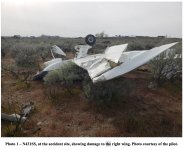
Some pics I took:
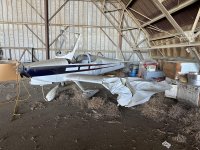
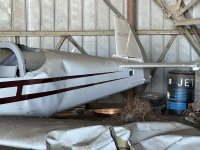
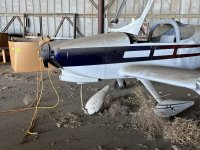
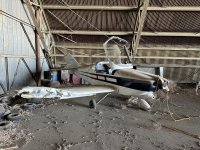
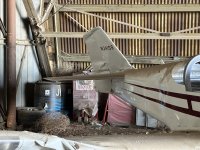
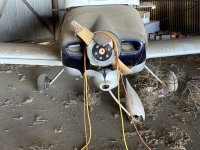
After getting home I looked up the accident. There were two people in the airplane and one had serious injuries, the other had no injuries.
Link to NTSB Final Report --> https://data.ntsb.gov/carol-repgen/api/Aviation/ReportMain/GenerateNewestReport/104958/pdf
Link to the Docket --> https://data.ntsb.gov/Docket?ProjectID=104958
Analysis
The pilot reported that, during the takeoff ground roll, he slowly started to pull the control stick back for takeoff after the airplane attained 55-60 knots. The airplane subsequently veered left off the runway despite application of full right rudder. The airplane’s left wing struck sage brush, which caused the airplane to cartwheel and nose over. The airplane sustained substantial damage to both wings, the vertical stabilizer, and the rudder. The pilot reported that there were no preaccident mechanical malfunctions or failures with the airplane that would have precluded normal operation.
Probable Cause and Findings
The National Transportation Safety Board determines the probable cause(s) of this accident to be:
The pilot’s failure to maintain directional control during the takeoff ground roll.
The pilot reported that, during the takeoff ground roll, he slowly started to pull the control stick back for takeoff after the airplane attained 55-60 knots. The airplane subsequently veered left off the runway despite application of full right rudder. The airplane’s left wing struck sage brush, which caused the airplane to cartwheel and nose over. The airplane sustained substantial damage to both wings, the vertical stabilizer, and the rudder. The pilot reported that there were no preaccident mechanical malfunctions or failures with the airplane that would have precluded normal operation.
Probable Cause and Findings
The National Transportation Safety Board determines the probable cause(s) of this accident to be:
The pilot’s failure to maintain directional control during the takeoff ground roll.
Aviation Safety Network --> https://aviation-safety.net/wikibase/277509
Kathryn's Report --> http://www.kathrynsreport.com/2022/04/vans-rv-6a-n341ss-accident-occurred.html
From the Docket:

Some pics I took:






Last edited:




